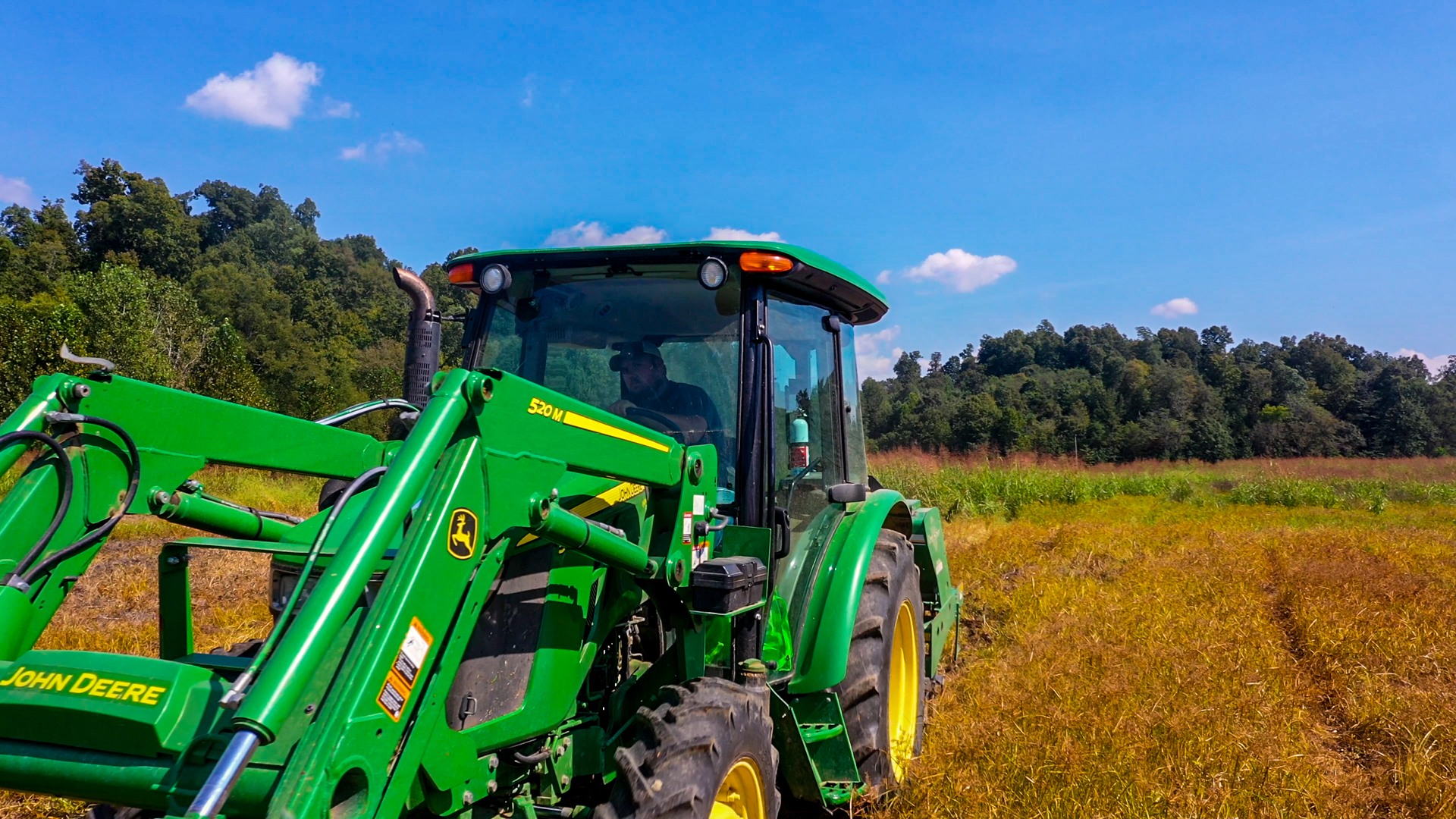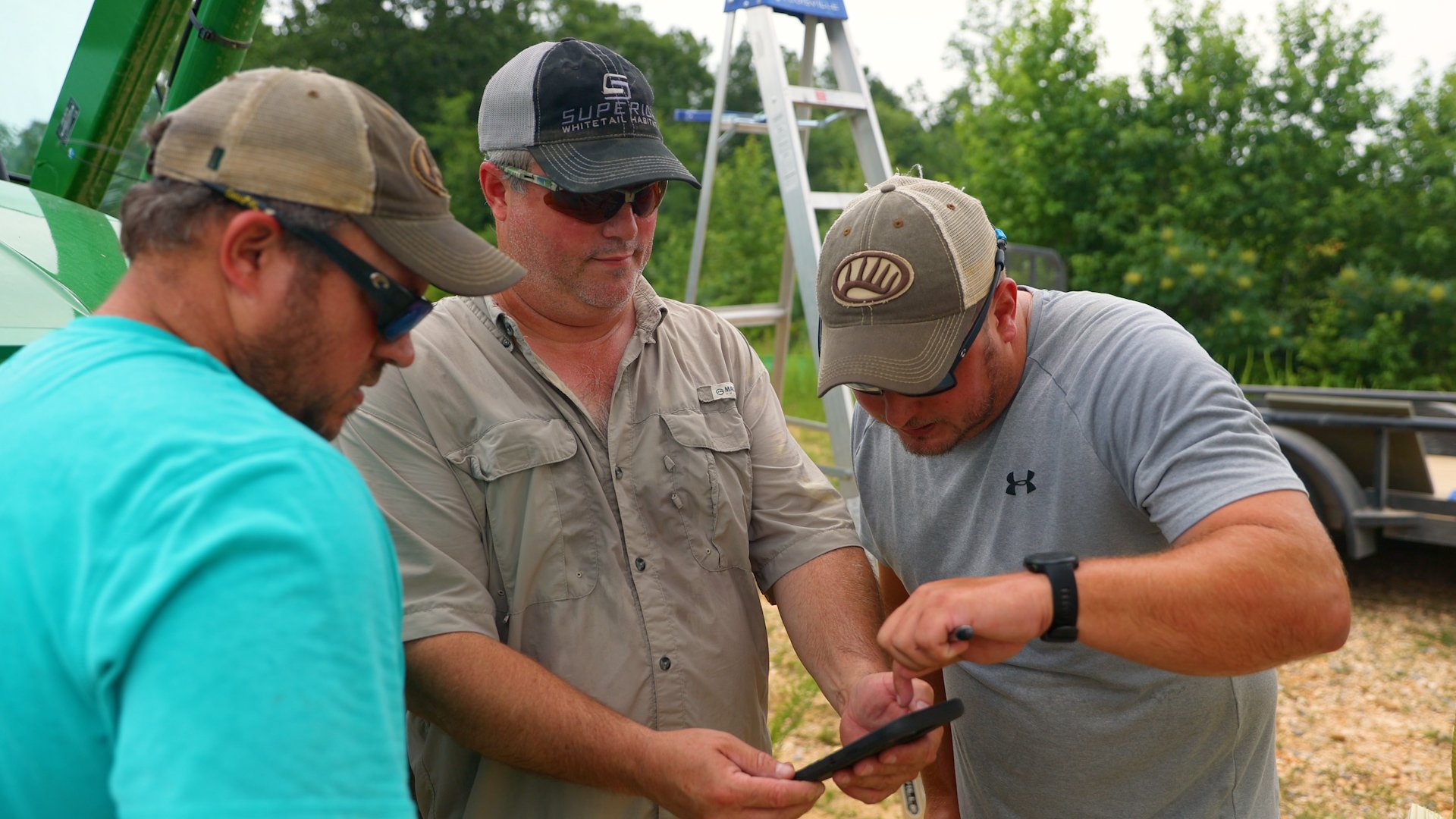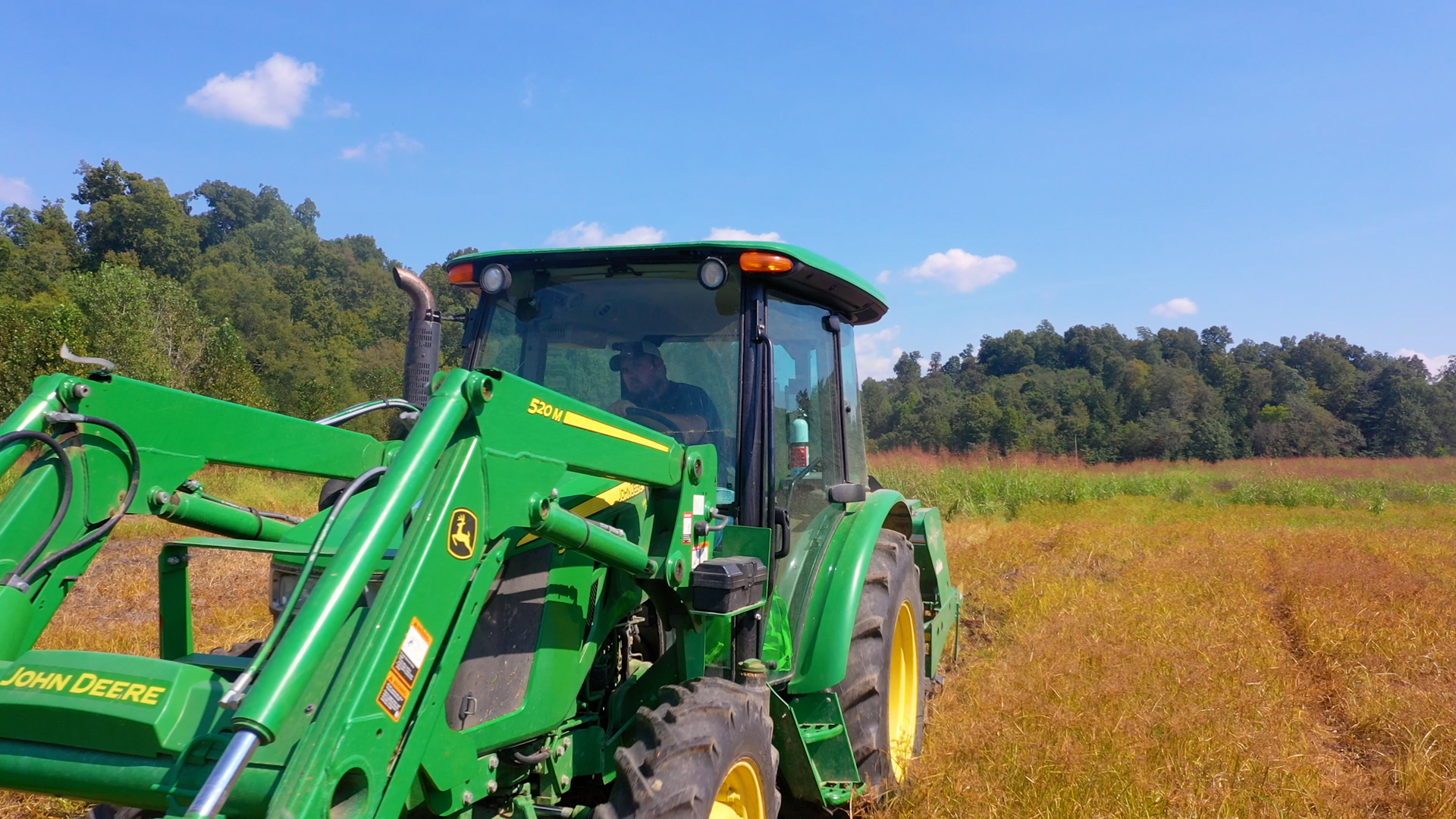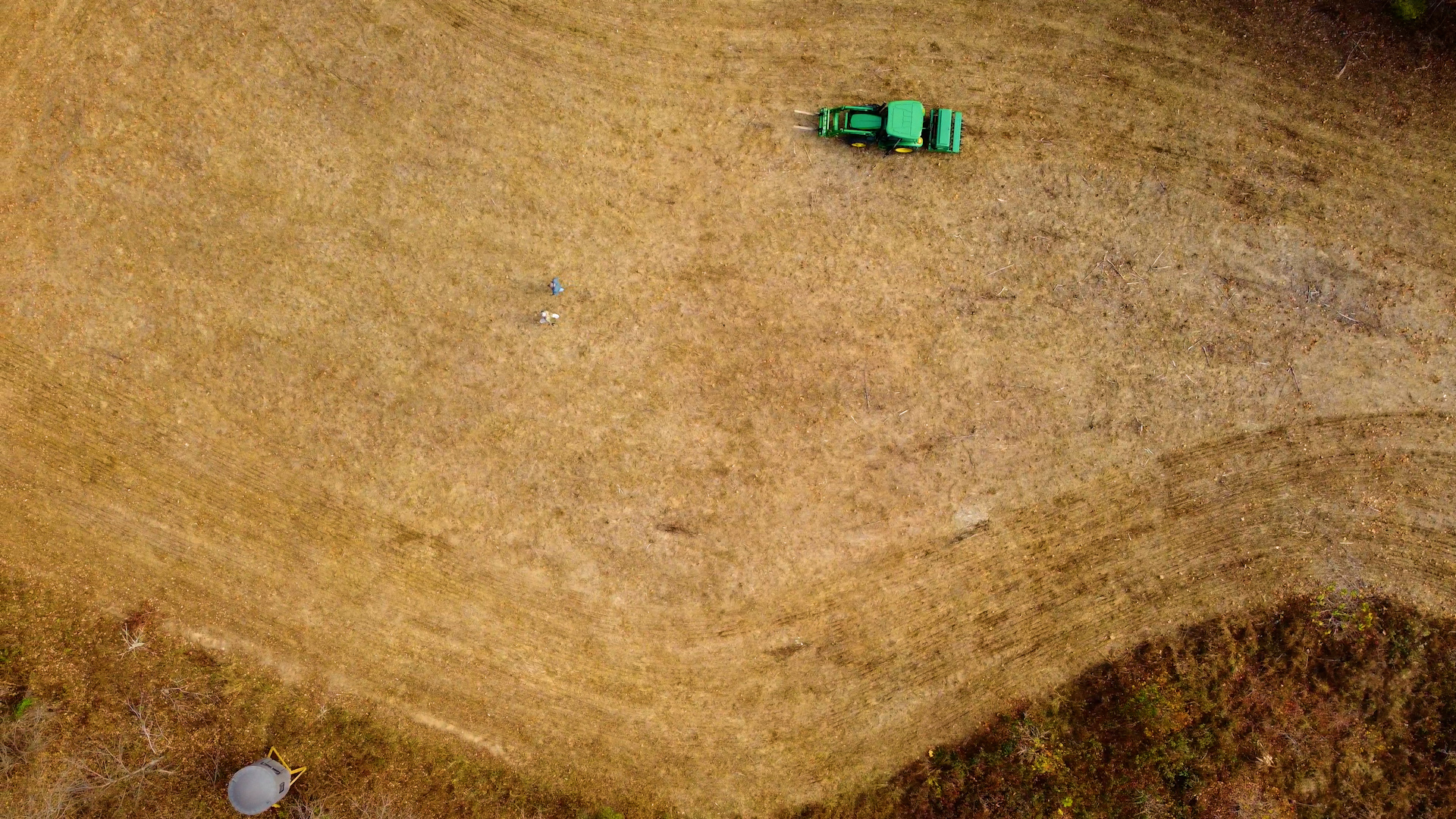Forestry Mulching
Whether it’s clearing overgrown areas, enhancing wildlife habitats, or reclaiming valuable land, our Forestry Mulching service is tailored to meet the diverse needs of landowners. Partner with us to leverage the cutting-edge technology of Diamond Mowers, ensuring a seamless and thorough mulching process that transforms your timbered property into an optimal environment for wildlife and enhances its overall aesthetic appeal. Let Superior Whitetail Habitats redefine your land management experience with the power of precision forestry mulching.


What Can We Do…

Forestry mulching is efficient in clearing vegetation, including small trees, shrubs, and brush. The mulcher grinds the vegetation into smaller pieces.

It is used to reclaim land by removing overgrown vegetation and invasive species, helping to restore natural ecosystems.

Forestry mulching is employed to create firebreaks in areas prone to wildfires. By clearing vegetation, it helps reduce the risk of wildfires spreading.

The mulching machine allows for selective clearing, meaning specific trees or vegetation can be targeted while leaving desired trees intact. This is useful for selective logging and land management.

The process generates mulch from the ground-up vegetation, which can be used for erosion control, landscaping, and as a natural ground cover.

Forestry mulching can be used to improve habitats for wildlife by removing invasive species and promoting the growth of native vegetation.

It is employed in preparing land for development projects, such as clearing areas for construction or infrastructure development.

By reducing vegetation cover, forestry mulching can help control soil erosion, especially in areas with steep terrain.

Compared to traditional methods like bulldozing or manual clearing, forestry mulching is often faster and more cost-effective.

The mulching process leaves behind mulch that acts as a protective layer, minimizing soil disturbance and aiding in soil conservation.
